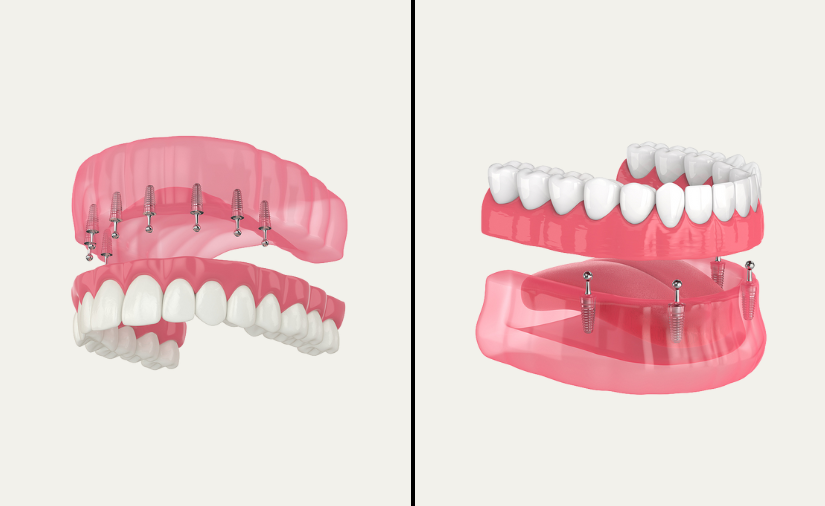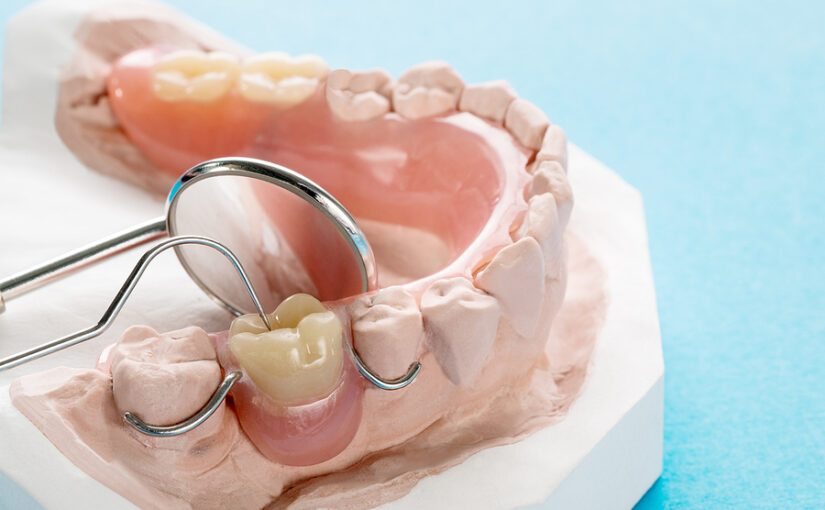By: Dr. Elizabeth Eggert
How did this start?
Bob initially was a long-time patient of Dr. Furey before Dr. Elizabeth came on the scene. Bob has autism and requires special care at his visits as he is often non-verbal, making it tricky to communicate or understand his needs. Bob comes to appointments with his mom, Marlene, who does what she can to help communicate Bob’s needs.
Autism Spectrum Disorders (ASD) is a general term used to describe a group of complex developmental brain disorders. Autistic disorders include Asperger Syndrome, Rett Syndrome, and Childhood Disintegrative Disorder. The number of children with autism is on the rise according to the Centers for Disease Control.
Patients with ASD often have difficulties with social interactions, communication, and repetitive behavior. They process sensation atypically and may be overly sensitive to bright lights, loud sounds, touch, strong odors, or taste which can make dental visits a challenge for all involved.
Bob also has a severe gag reflex, which makes it difficult for restorations to be done on his teeth without being sedated for the procedures.
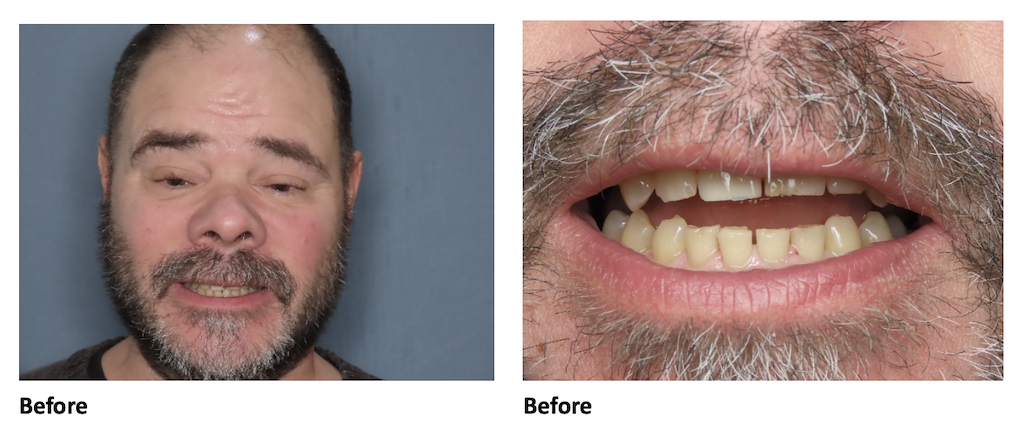
What did Bob and his mom want?
Initially, Bob wanted his severe toothache addressed. It had been awhile since Bob had seen a dentist before Dr. Elizabeth saw him at Eggert Family Dentistry. Bob wore a flipper partial for his upper teeth that was breaking down. Bob also had evidence of the start of periodontal disease, as well as some teeth with severe cavities that needed attention. Bob was having intense pain with these teeth and it seemed like extractions were Bob’s best option, partially because he was unable to take good care of teeth so far back in his mouth due to his autistic disease, as well as his gag reflex.
Bob and his mom wanted Bob to be healthy and set up well since he was planning to move to a group home in the near future, as his mom was finding it more difficult to fully care for him as she gets older too.
It was decided to try to save as many teeth as possible for Bob, without extensive dental heroics and to make him partial dentures that would help him chew and “feel more complete.”
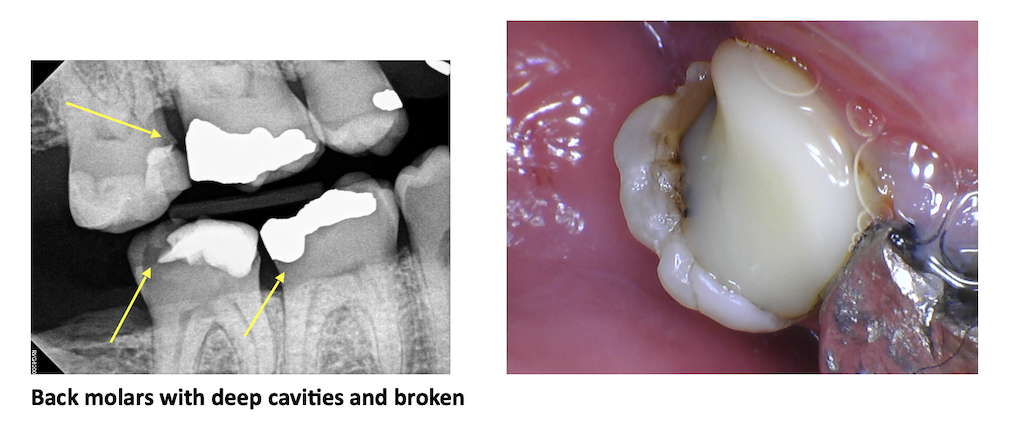
What is involved?
After extensive gathering of information and research, Dr. Elizabeth had a plan in place for Bob that was approved by Bob and his mom. Bob had his teeth extracted with an oral surgeon and after some healing time, they began working through the partials. Since Bob had such a severe gag reflex, Dr. Elizabeth was able to use the intraoral scanner to send images of Bob’s teeth to the dental lab to design his partial dentures.
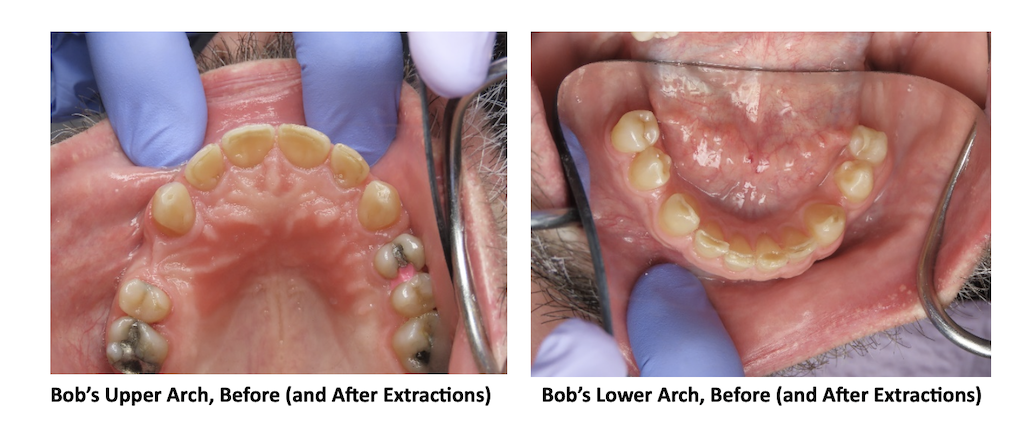
Dr. Elizabeth worked with the lab and over the course of a few weeks, Bob was able to see his partials come to life. First, there was a try-in of the plastic frame for the partial denture. Then, Bob got to see what the teeth would look like before they were set in hard plastic. The dental lab sends denture teeth set-up in wax so changes can easily be made if desired. Bob and his mom liked the process and couldn’t wait to get Bob’s final partial dentures!
Unlike conventional metal based partial dentures which rely on metal clasps to provide stability on the teeth, flexible dentures are thinner and more lightweight and rest comfortably in the mouth secured with clasps that blend in better with natural teeth. Flexible partial dentures are designed to be comfortable and functional and should not restrict the ability to eat or speak. Bob’s partial dentures were made from a special, very strong plastic, called acetal. The dental lab suggested that acetal be used for Bob since it can be made very thin (to help with his gag reflex) and it is very strong (to help with Bob’s habit of grinding his teeth).
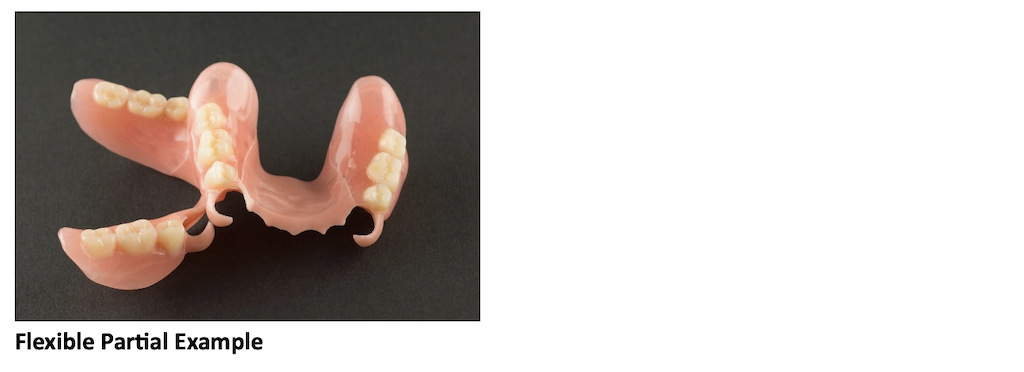
What do they think?
Bob was excited to get his partials and Marlene reports that he eats better with his new partials and he even is able to communicate verbally with her. When Dr. Elizabeth saw Bob for his follow-up denture adjustment appointments, he actually answered direct questions. He was so excited about his partials that he was more open to communicating with others! Bob hates to be without his partials and keeps a close eye on them during his teeth cleanings when he has to take them out. It was exciting to see such a transformation for him. Bob also started a job in a school cafeteria, we like to think at least partially because of increased confidence! Congratulations on your new partials Bob. It was our pleasure to be able to work closely with you on this project.



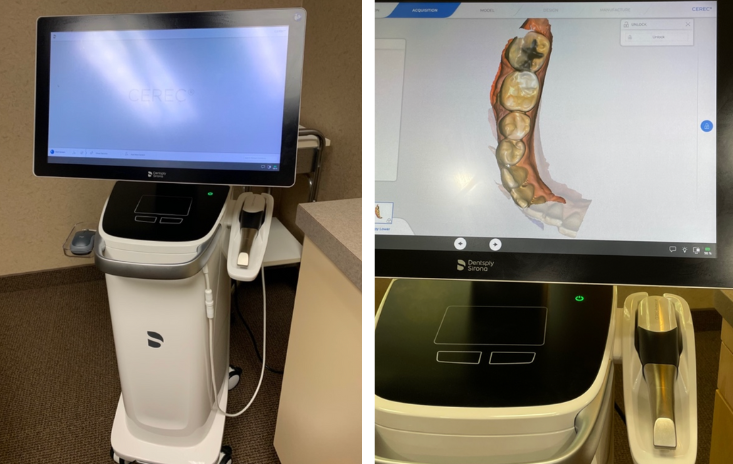
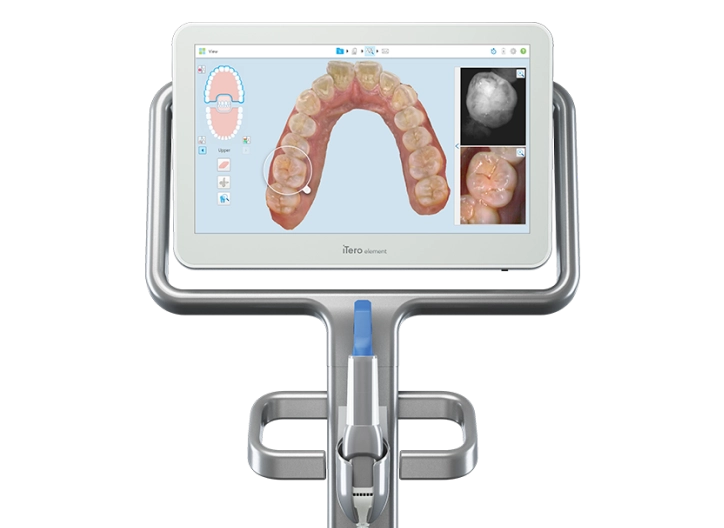
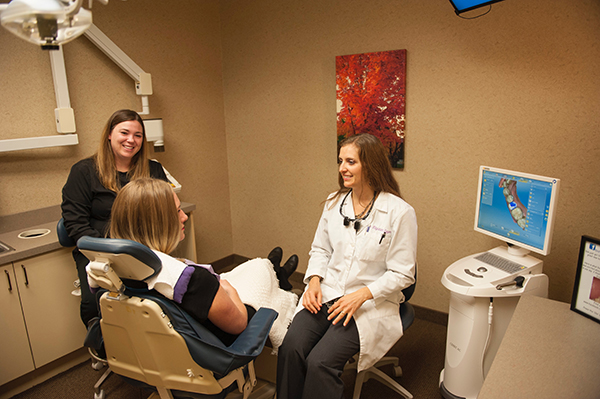
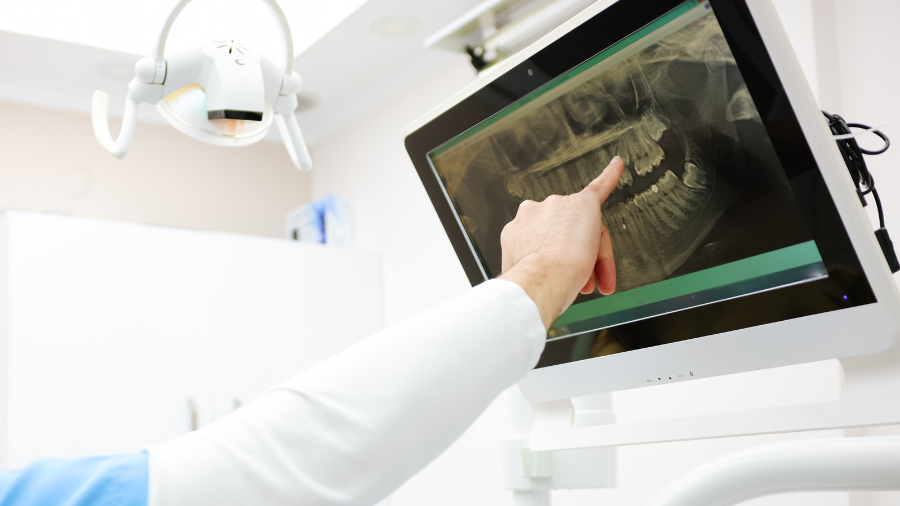
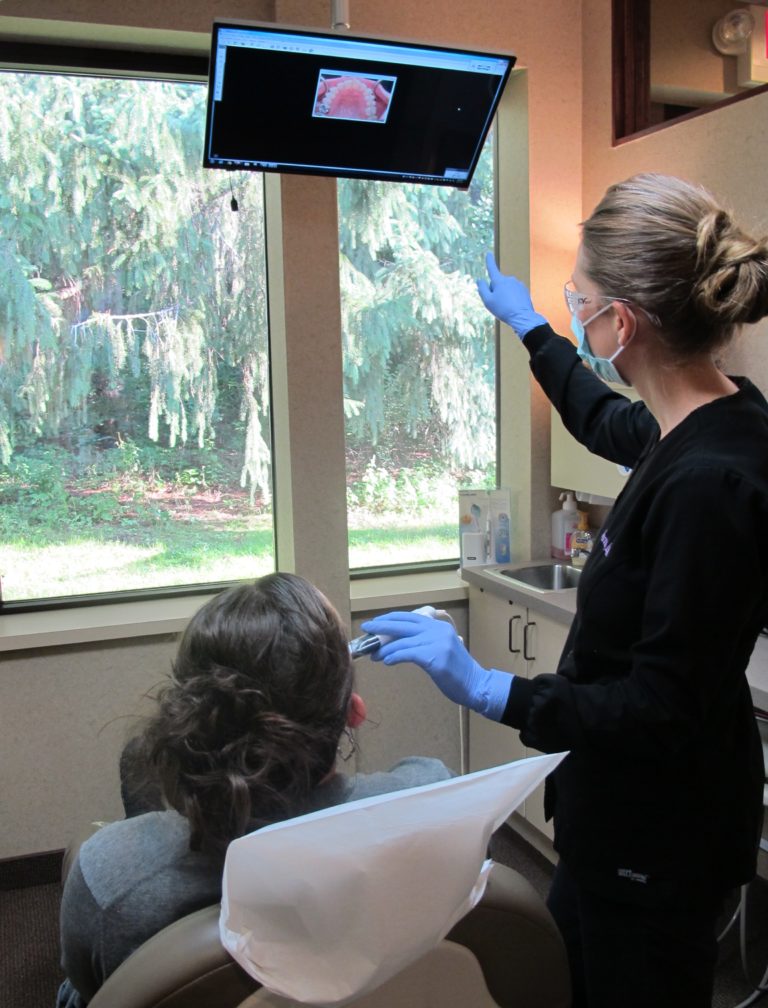 An intraoral camera is a diagnostic tool that enables us to view different angles in the mouth that are difficult to see with a hand mirror. We use an intraoral camera to take photos of your teeth and gums and to show you any problem areas in your mouth. It is a great education tool!
An intraoral camera is a diagnostic tool that enables us to view different angles in the mouth that are difficult to see with a hand mirror. We use an intraoral camera to take photos of your teeth and gums and to show you any problem areas in your mouth. It is a great education tool!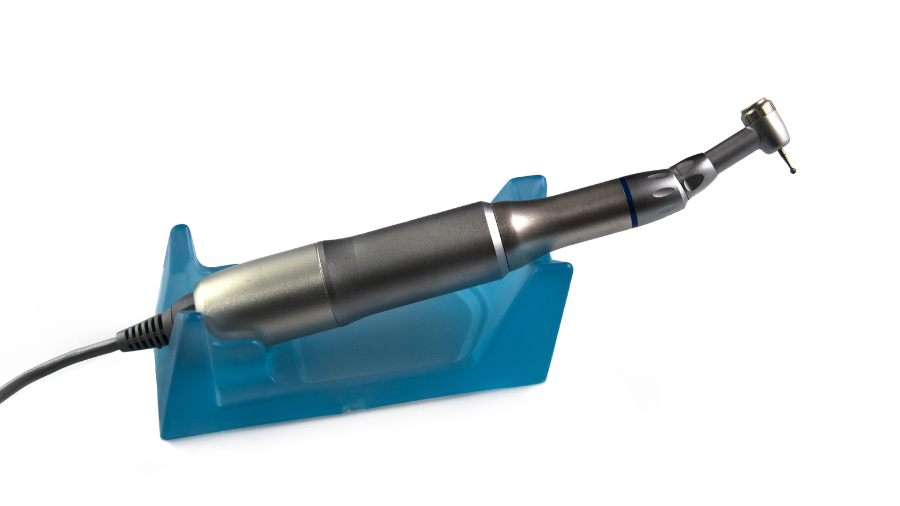

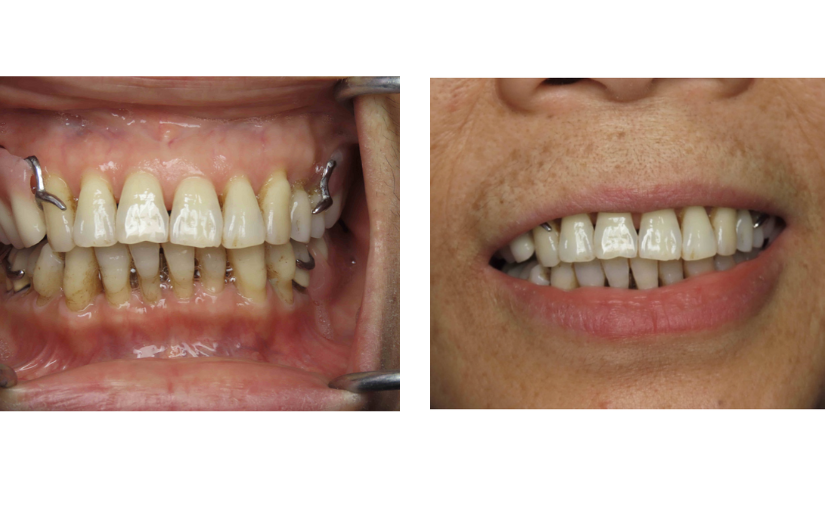
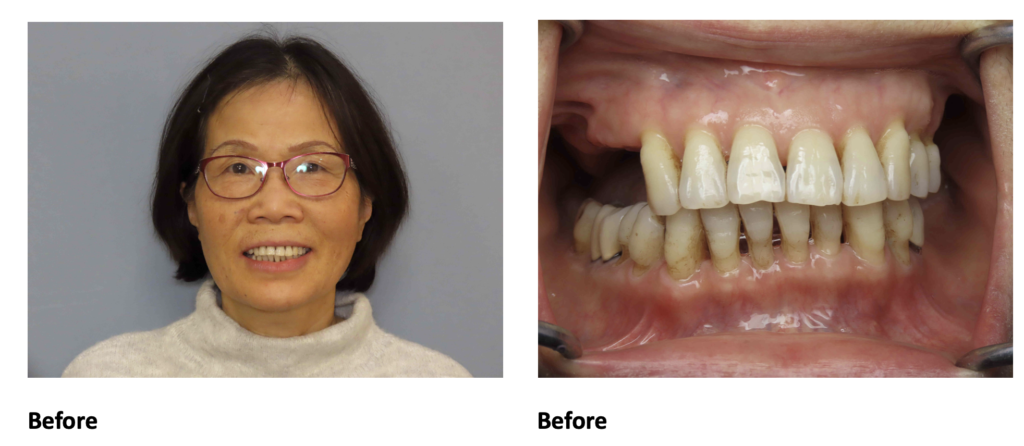
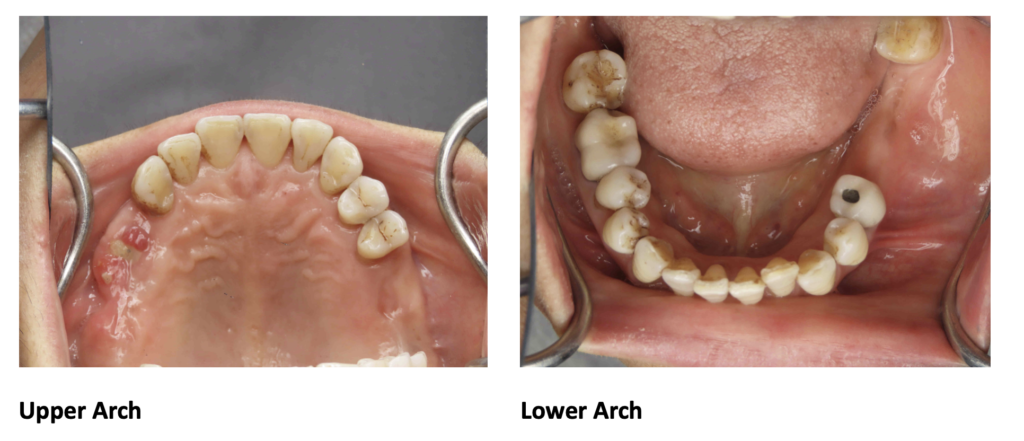
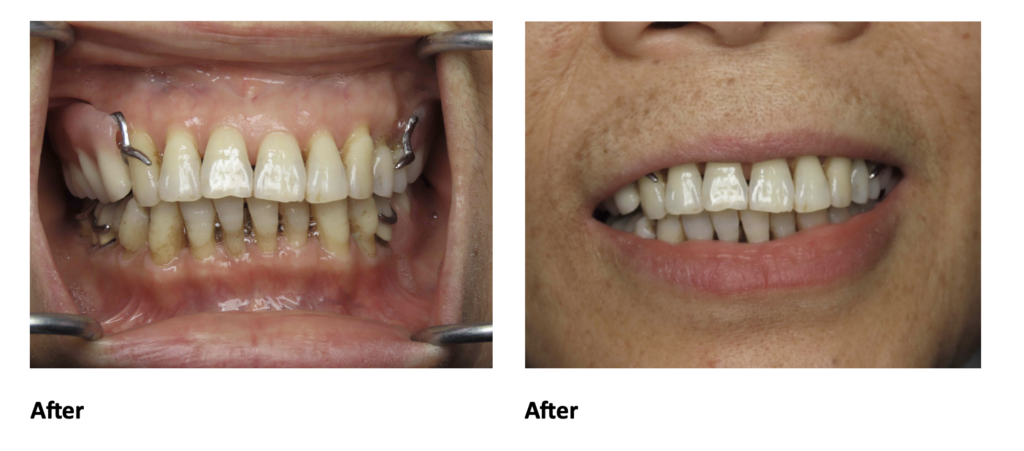 What does she think?
What does she think?